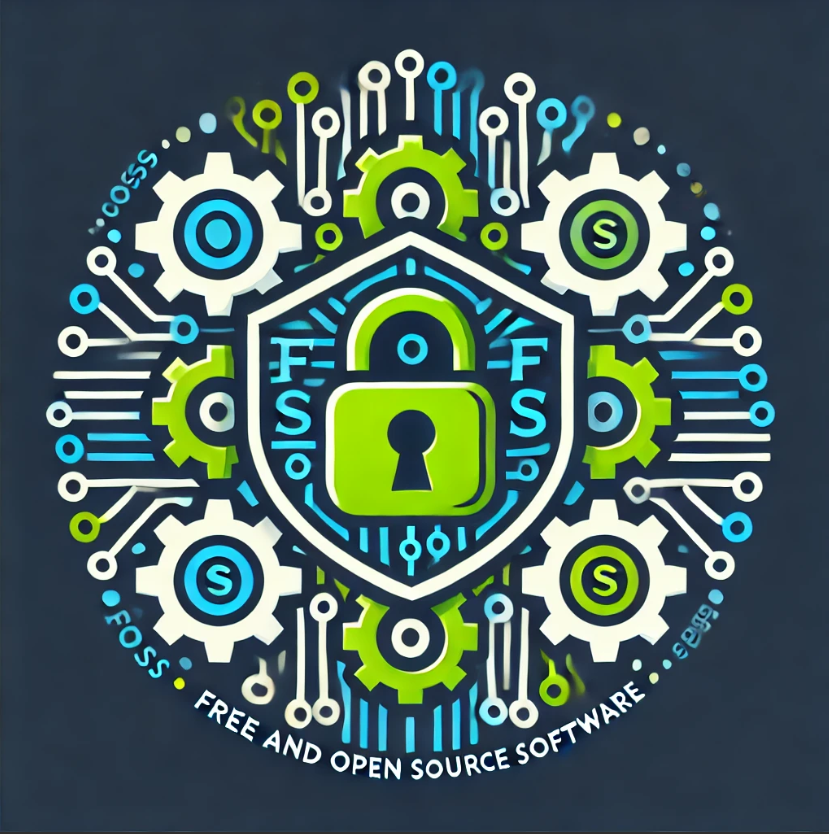

Um no. Containers are not just chroot. Chroot is a way to isolate or namespace the filesystem giving the process run inside access only to those files. Containers do this. But they also isolate the process id, network, and various other system resources.
Additionally with runtimes like docker they bring in vastly better tooling around this. Making them much easier to work with. They are like chroot on steroids, not simply marketing fluff.






Now is the time to change that.